Year 5
The science inquiry skills and science as a human endeavour strands are described across a two-year band. In their planning, schools and teachers refer to the expectations outlined in the achievement standard and also to the content of the science understanding strand for the relevant year level to ensure that these two strands are addressed over the two-year period. The three strands of the curriculum are interrelated and their content is taught in an integrated way. The order and detail in which the content descriptions are organised into teaching and learning programs are decisions to be made by the teacher.
Incorporating the key ideas of science
Over Years 3 to 6, students develop their understanding of a range of systems operating at different time and geographic scales.
In Year 5, students are introduced to cause and effect relationships through an exploration of adaptations of living things and how this links to form and function. They explore observable phenomena associated with light and begin to appreciate that phenomena have sets of characteristic behaviours. They broaden their classification of matter to include gases and begin to see how matter structures the world around them. Students consider Earth as a component within a solar system and use models for investigating systems at astronomical scales. Students begin to identify stable and dynamic aspects of systems, and learn how to look for patterns and relationships between components of systems. They develop explanations for the patterns they observe.
(source: www.australiancurriculum.edu.au)
Achievement Standard
By the end of Year 5, students classify substances according to their observable properties and behaviours. They explain everyday phenomena associated with the transfer of light. They describe the key features of our solar system. They analyse how the form of living things enables them to function in their environments. Students discuss how scientific developments have affected people’s lives, help us solve problems and how science knowledge develops from many people’s contributions.
Students follow instructions to pose questions for investigation and predict the effect of changing variables when planning an investigation. They use equipment in ways that are safe and improve the accuracy of their observations. Students construct tables and graphs to organise data and identify patterns in the data. They compare patterns in their data with predictions when suggesting explanations. They describe ways to improve the fairness of their investigations, and communicate their ideas and findings using multimodal texts.
(source: www.australiancurriculum.edu.au)
- Plus Plan
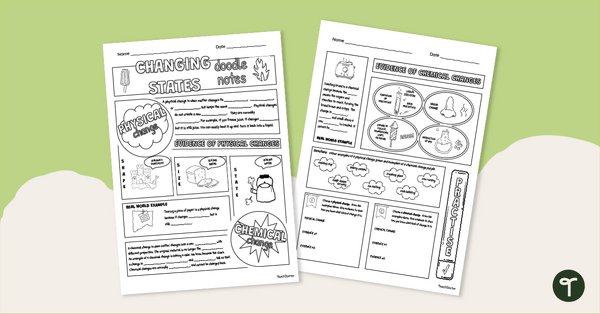
Chemical and Physical Changes in Matter Doodle Notes Template
Use our Chemical and Physical Change Doodle Notes Template to encourage your students to understand more about changes in matter.
- Plus Plan
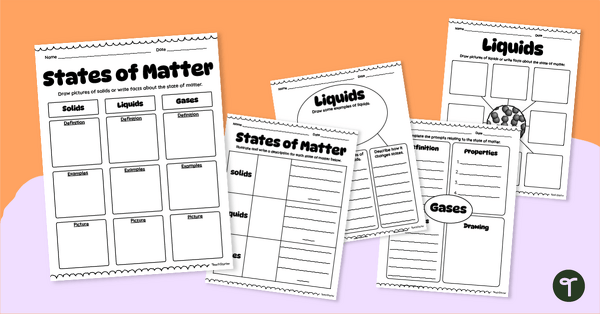
States of Matter Graphic Organiser Pack
Use our States of Matter graphic organisers to help your students record what they have learned about the three forms of matter.
- Plus Plan
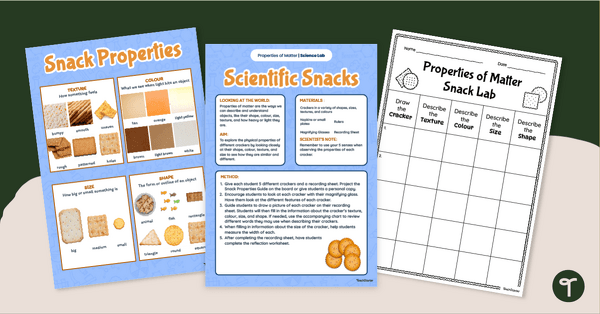
Observing Matter – Edible Science Experiment
Discover the observable properties of matter with an exciting edible science experiment!
- Plus Plan
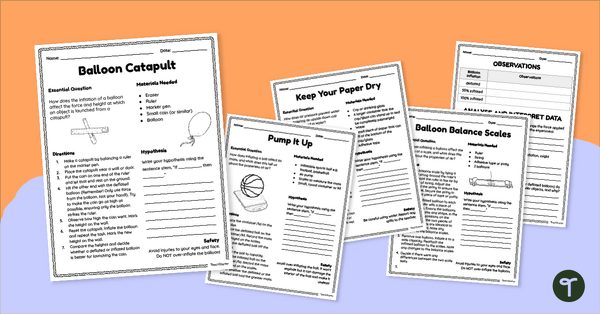
Does Air Have Mass? Matter Science Experiments
Explore the physical properties of gases and discover that air has mass with a set of 4 matter experiments for kids.
- Plus Plan
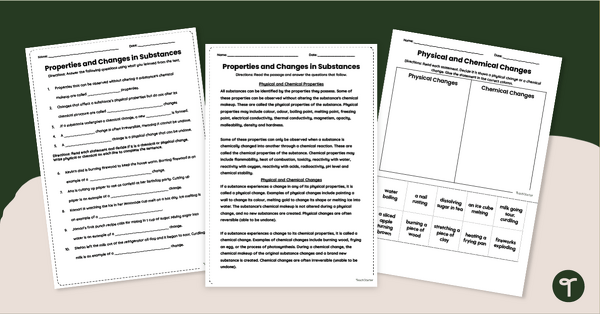
Changing Properties of Matter Worksheet Pack
Read and learn about chemical and physical properties of matter and how they can be changed with a printable science worksheet pack.
- Plus Plan
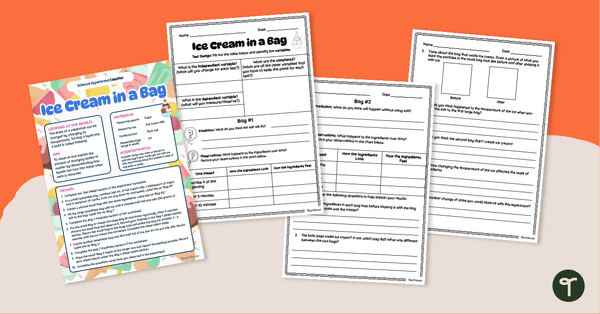
Removing Heat – Ice Cream in a Bag Experiment
Make Ice Cream in a Bag and discover how removing heat causes matter to change states.
- Plus Plan
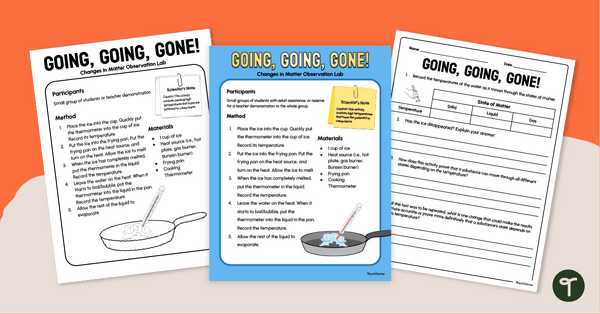
Going, Going, Gone! - Changing States of Matter Experiment
Explore the changing states of matter due to temperature with an engaging science lab activity.
- Plus Plan
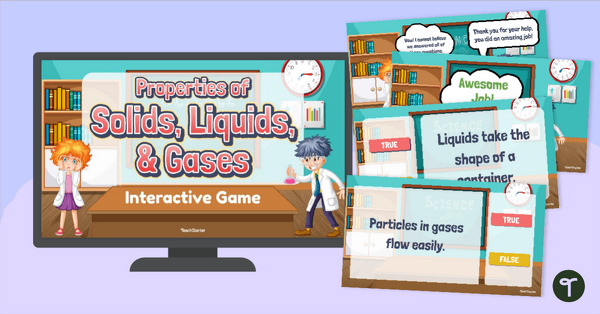
Properties of Solids, Liquids, and Gases Interactive Game
Discover the properties of solids, liquids, and gases with an engaging Properties of Matter Interactive Game.
- Plus Plan
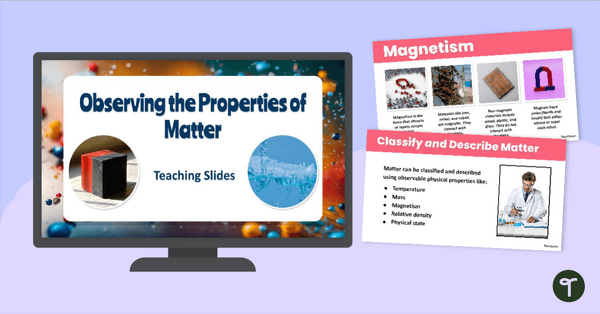
Observing Properties of Matter Teaching Slides
Introduce your students to the classification of matter based on measurable, testable, and observable physical properties with an interactive teaching slide deck.
- Plus Plan
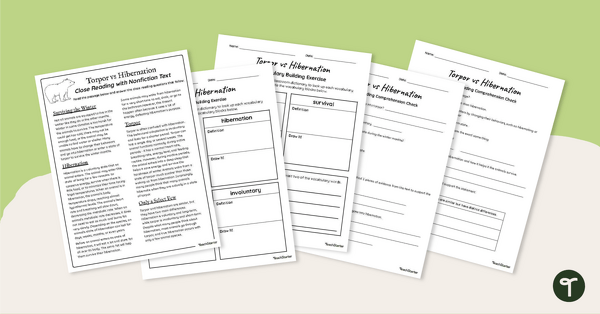
Torpor vs Hibernation - Reading Worksheets
Help your students learn the difference between torpor and hibernation with a printable pack of reading comprehension worksheets.
- Plus Plan
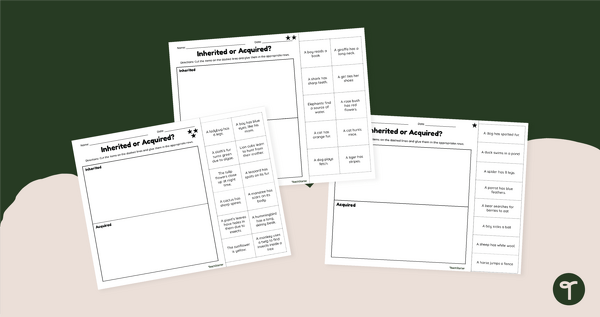
Inherited and Acquired Characteristics -Worksheet Pack
Determine if animal features and characteristics are inherited or acquired traits with an engaging Animal Traits Cut and Paste Worksheet Pack.
- Plus Plan
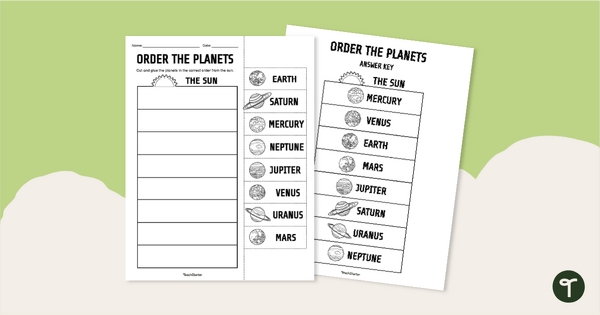
Order the Planets Worksheet
Help students remember the order of the planets with this cut-and-paste style worksheet.
- Plus Plan
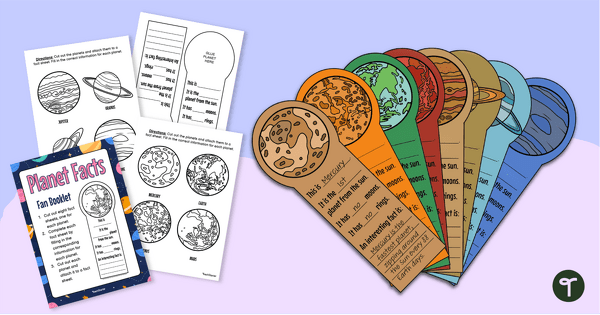
Planet Facts Fan Booklet
Practise knowledge of the planets by creating this fun fan-style activity booklet.
- Plus Plan
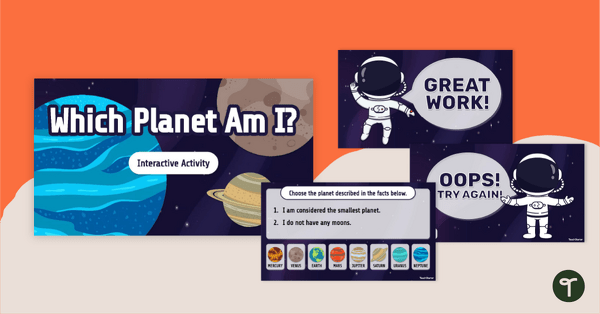
Which Planet Am I? Interactive Activity
Explore the planets of the solar system with this fun and engaging interactive activity.
- Plus Plan
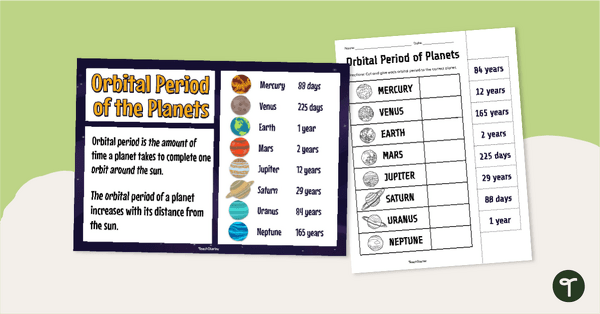
Orbital Period of Planets Poster and Worksheet
Learn about the time it takes each planet to orbit the sun with this poster and cut-and-paste worksheet for your students.
- Plus Plan
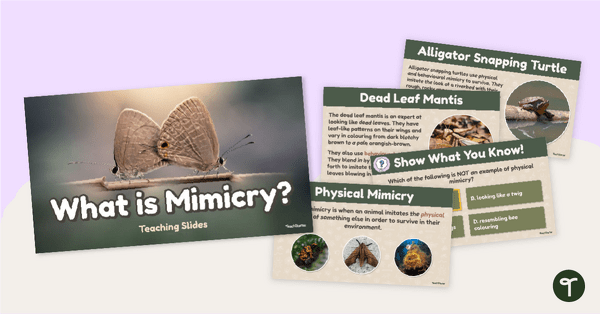
What is Mimicry? Teaching Slides
Help your students understand the purpose of mimicry and its variations with an engaging, interactive teaching slide deck.
- Plus Plan
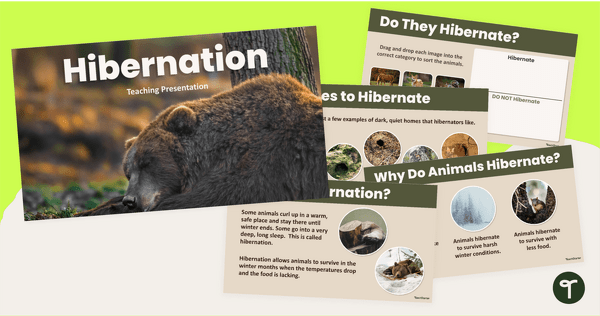
What Animals Hibernate? Instructional Teaching Slides
Discover which animals hibernate and how they survive the winter with an interactive teaching slide deck.
- Plus Plan
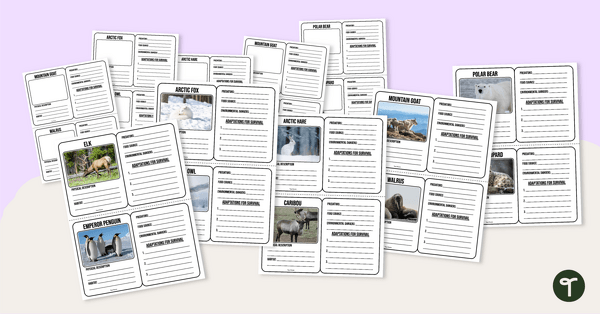
Animals in the Tundra Adaptations Trading Cards
Discover the adaptations of animals in the tundra with printable animal trading card templates.
- Plus Plan
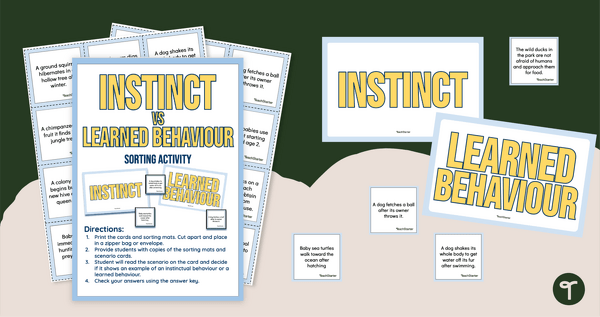
Instinct vs. Learned Behaviour Sort
Help your students determine the difference between a learned behaviour and an instinct with a thought-provoking sorting activity.
- Plus Plan
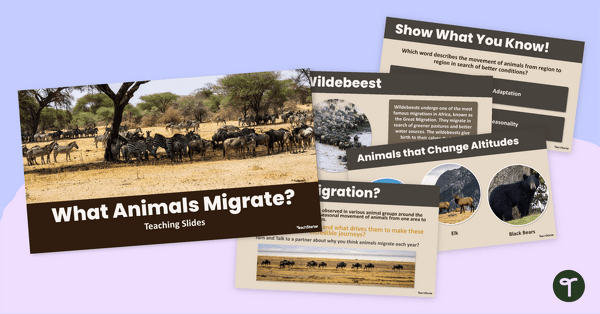
What Animals Migrate? Teaching Slide Deck
Discover why animals migrate and which ones make the longest journeys with an interactive teaching slide deck.
- Plus Plan
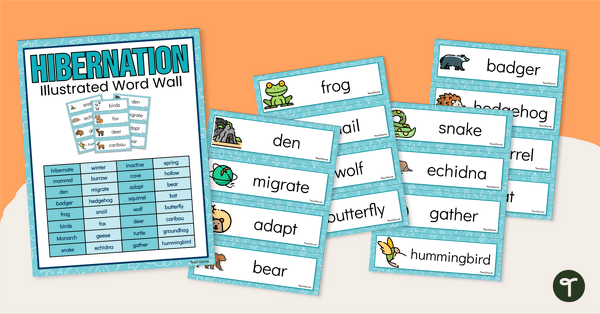
Hibernation Word Wall - Illustrated
Discover the world of hibernation-related vocabulary with an illustrated hibernating animals word wall display.
- Plus Plan
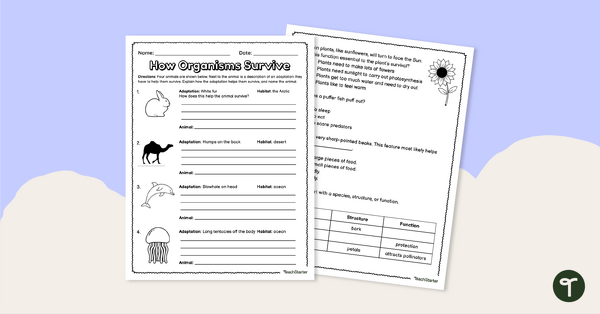
Plants, Animals & Adaptations – Worksheet
Use this worksheet to identify and describe different animal and plant adaptations which help them survive in their environment.
- Plus Plan
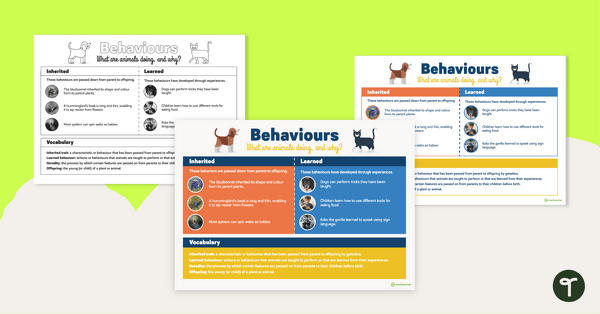
Inherited versus Learned Behaviours Poster
Explain the difference between inherited and learned behaviours with a set of printable anchor charts.
- Plus Plan
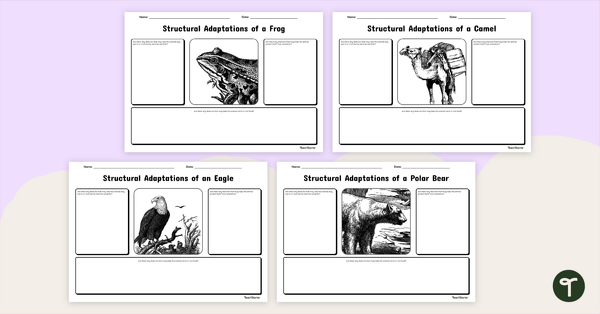
Structural Adaptations Worksheets
Investigate the structural adaptations of animals with various animal adaptation worksheets.
- Plus Plan
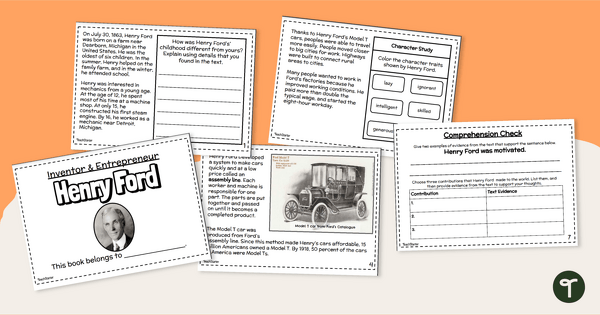
Henry Ford Mini Book - Famous Inventor Activity Book
Provide students with cross-curricular history, science and reading instruction with a printable Henry Ford mini book.
- Plus Plan
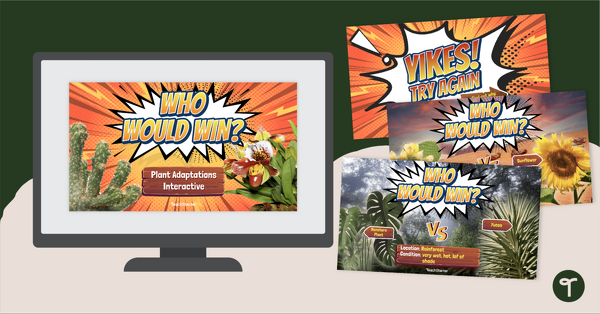
Who Would Win? - Plant Adaptations Interactive Game
Identify plants and plant adaptations that allow for survival in different environments with an exciting “Who Would Win?” showdown game!
- Plus Plan
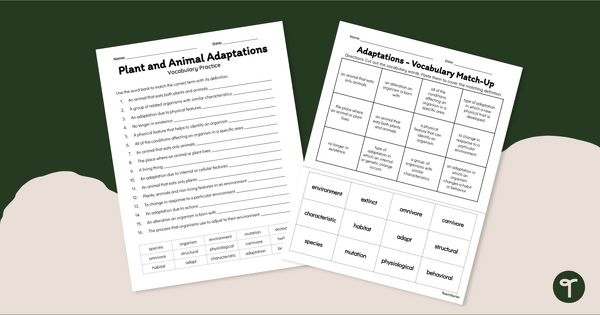
Plant and Animal Adaptations - Vocabulary Worksheets
Review key vocabulary associated with plant and animal adaptations with a pair of vocabulary worksheets.
- Plus Plan

Lab Safety Teaching Slides
Teach the important of science safety before conducting experiments with this 18-slide Lab Safety PowerPoint.
- Free Plan
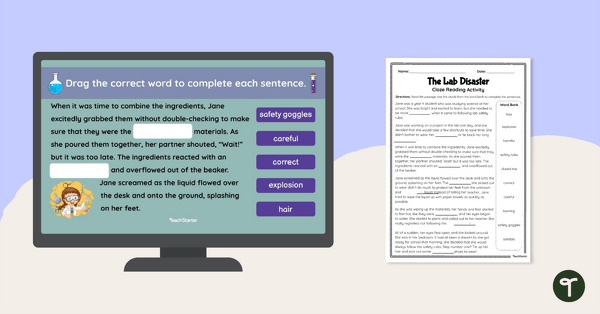
Lab Safety Interactive and Printable Cloze Reading Activity
Assess students' understanding of lab safety rules and expectations with this cloze reading activity.
- Plus Plan
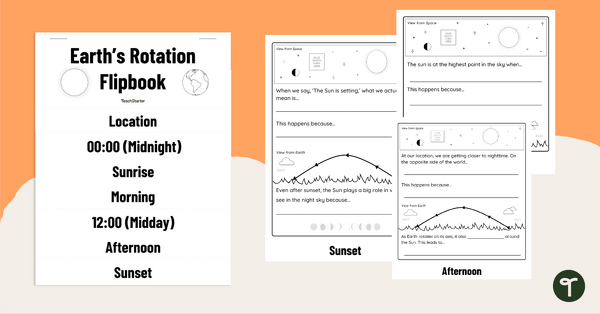
Earth's Rotation – Flipbook
Model and explain how Earth’s rotation causes the sun to move across the sky with this interactive flipbook.
- Plus Plan
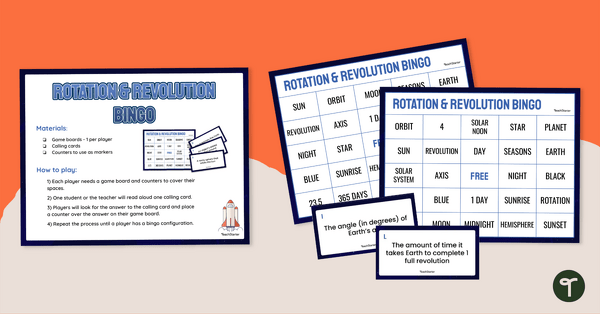
Rotation and Revolution Bingo
Engage your students with a lively game of bingo while learning about Earth’s rotation and revolution.
- Plus Plan
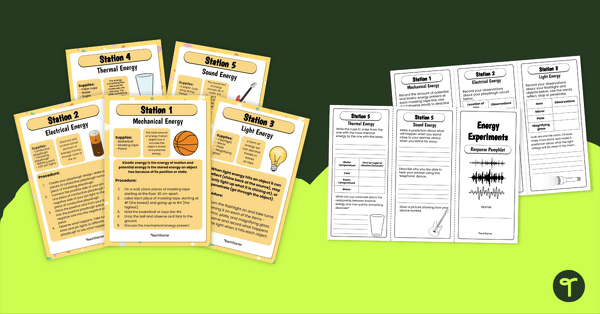
Forms of Energy – Year 4 Science Experiments for Kids
Investigate mechanical, electrical, light, thermal and sound energy with this set of science activities for kids.